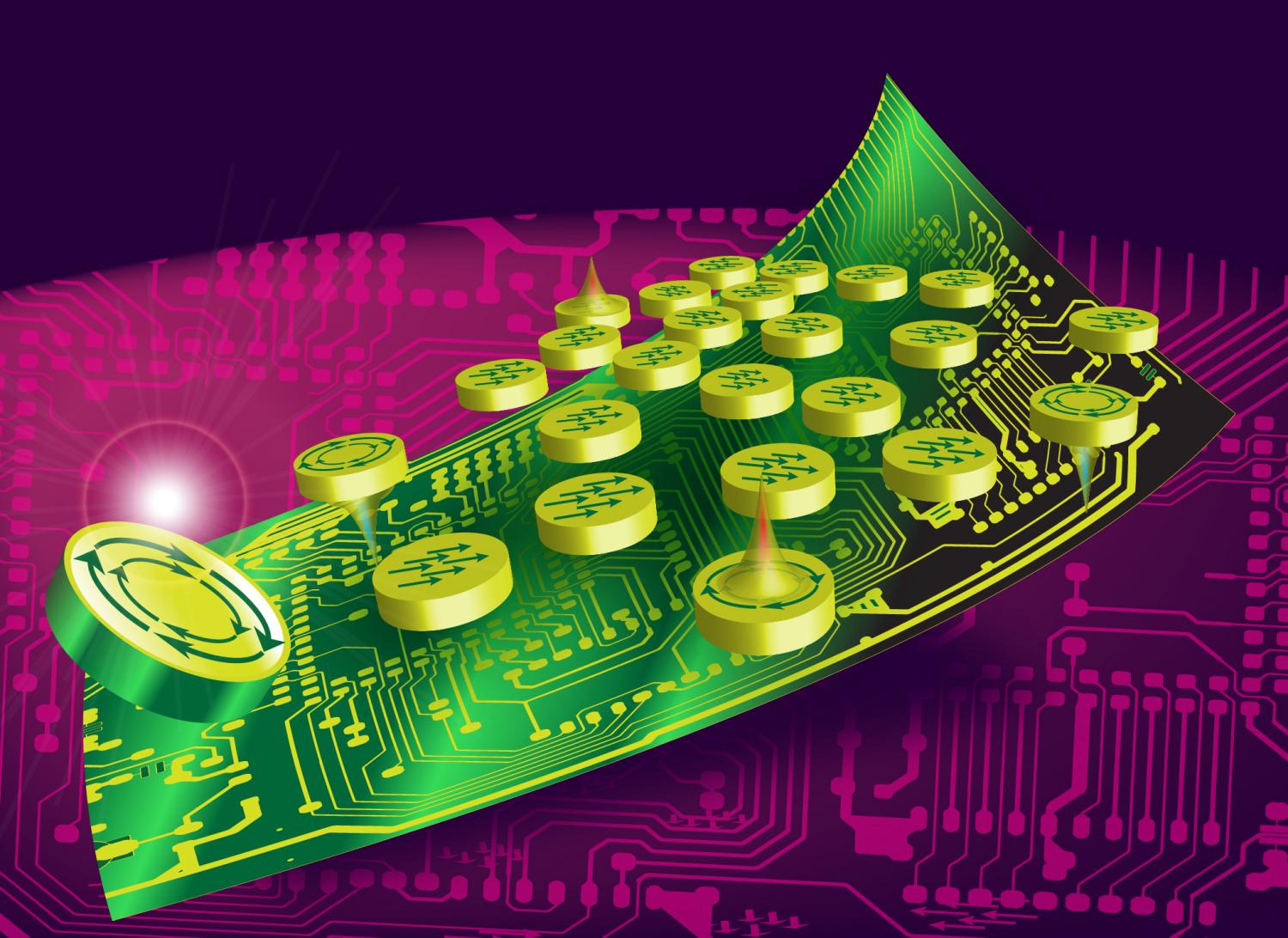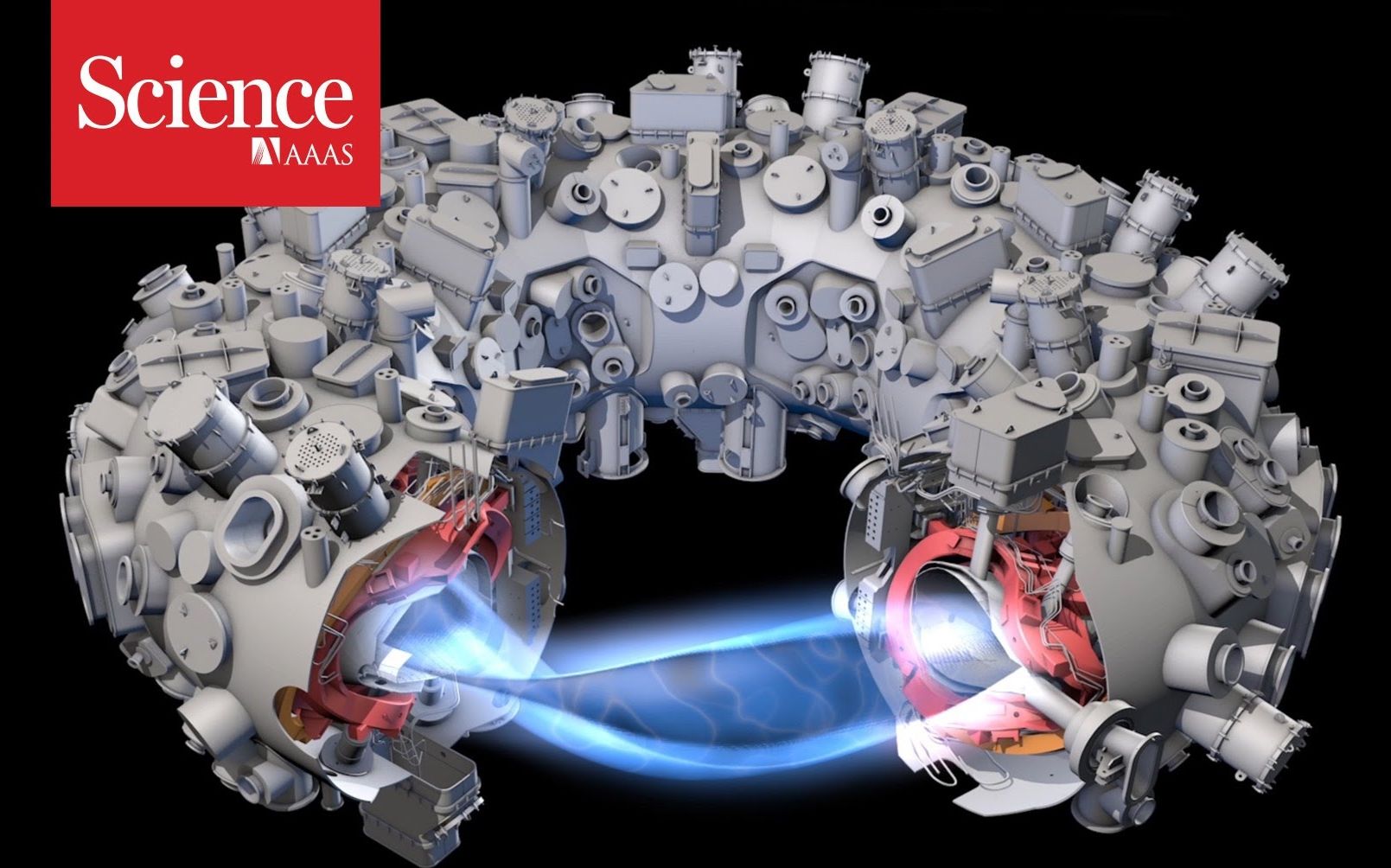Oct 30, 2015
Scientist Claims He Has Found Evidence Of Other Universes
Posted by Andreas Matt in category: cosmology
A new study submitted to the Astrophysical Journal has claimed to have found evidence of interactions between our universe and other universes by looking at the cosmic microwave background (CMB). The scientist discovered an anomaly associated with some regions of the CMB, and he believes it is evidence for alternate universes.
Dr Ranga Chary, the author of the study, wrote that his observations could “possibly be due to the collision of our universe with an alternate universe whose baryon to photon ratio is a factor of about 65 larger than ours.” A pre-print of the study, which is yet to be peer reviewed, is available on ArXiv.
The CMB is the first light that shone in the universe. It was emitted 370,000 years after the Big Bang when the universe was cool enough for hydrogen to form and the original photons were free to move without getting absorbed by the primordial matter.

















